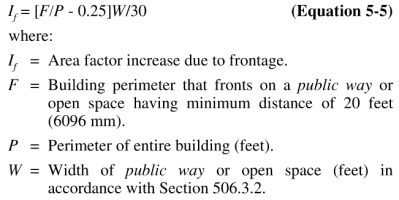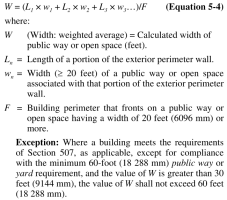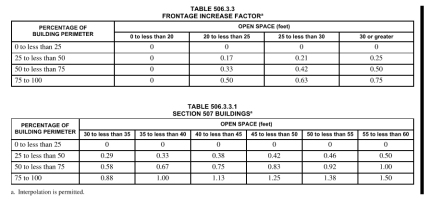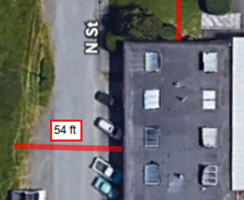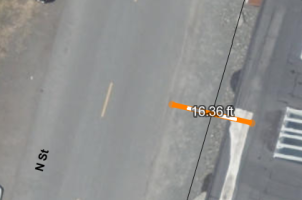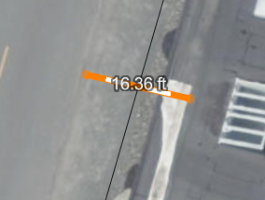Consider me old-fashioned (I do like a good "old fashioned," but that's irrelevant here), but I prefer using Equation 5-5 (and Equation 5-4 when necessary) from the previous editions over the new table (tables, if you consider Table 506.3.3.1). So, I have a couple of questions I would like to ask:
- (For building officials) Would you allow or (for others) have you ever asked to allow the use of Equations 5-5 and 5-4 instead of Tables 506.3.3 and 506.3.3.1 if your jurisdiction has adopted the 2021 or 2024 IBC? Why (for building officials) or what was the outcome (for others)?
- Just how are you supposed to interpolate these tables per Footnote 'a'? (The Commentary does not offer an example.)

